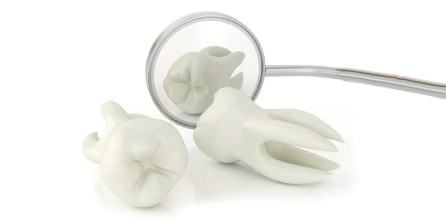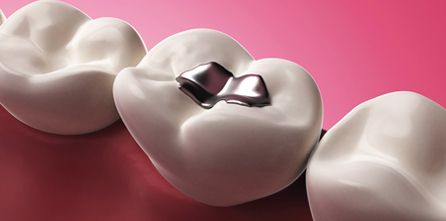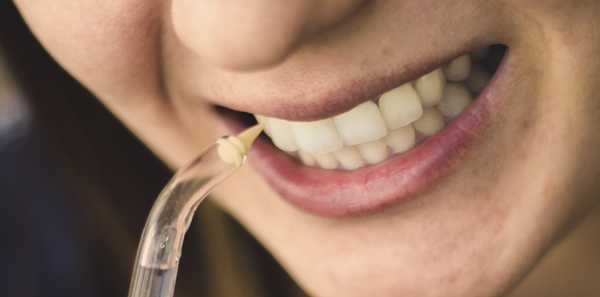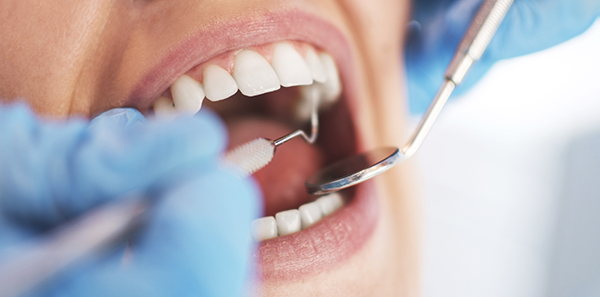
Of Greek origin: Endo – (inside) and odonto – (tooth) or root canal filling is a conservative dental treatment, as the name suggests. Odontology involves going inside the tooth to treat it and keep it in the mouth even when it has suffered irreversible damage.
Teeth are organs made up of several layers: The cement that covers the roots, the enamel that covers the crowns and below them is the dentine, which is mineralised tissue. Lastly is the pulp (nerves, arteries and veins), which run through the roots as far as the pulp chamber, nourishing and innervating each tooth, which is where the endodontic treatment takes place.
When this is damaged for any reason such as a trauma or caries, our teeth or, to be more precise, this tissue, react in the same way as any other part of the body. They become inflamed. When this inflammation does not disappear along with the injury, the dentist has to do endodontics or a root canal filling.
The dentist removes all the pulp from the tooth and then fills it in three-dimensionally with a material such as guttapercha, which is a rubber – like substance. To do this, the dentist uses increasingly larger files to clean and widen the root canal and to make room for the filler material.
It was not so long ago that the entire process was manual, but new technologies have mechanised the process, achieving very good results and making the treatment easier for dentist and patient alike.
Once the root canal filling is complete, the dentist decides whether the tooth should be protected by a crown according to how much of the original tooth remains, because the damage from the caries and the amount of tooth that has been removed to access the ducts may compromise the integrity of the tooth.
Dr. Alfredo Díaz – Valero Escalante
The information published in this media neither substitutes nor complements in any way the direct supervision of a doctor, his diagnosis or the treatment that he may prescribe. It should also not be used for self-diagnosis.
The exclusive responsibility for the use of this service lies with the reader.
ASSSA advises you to always consult your doctor about any issue concerning your health.












